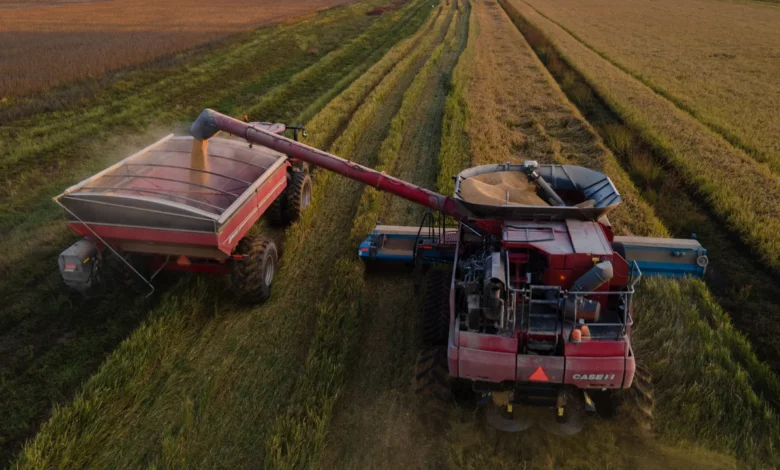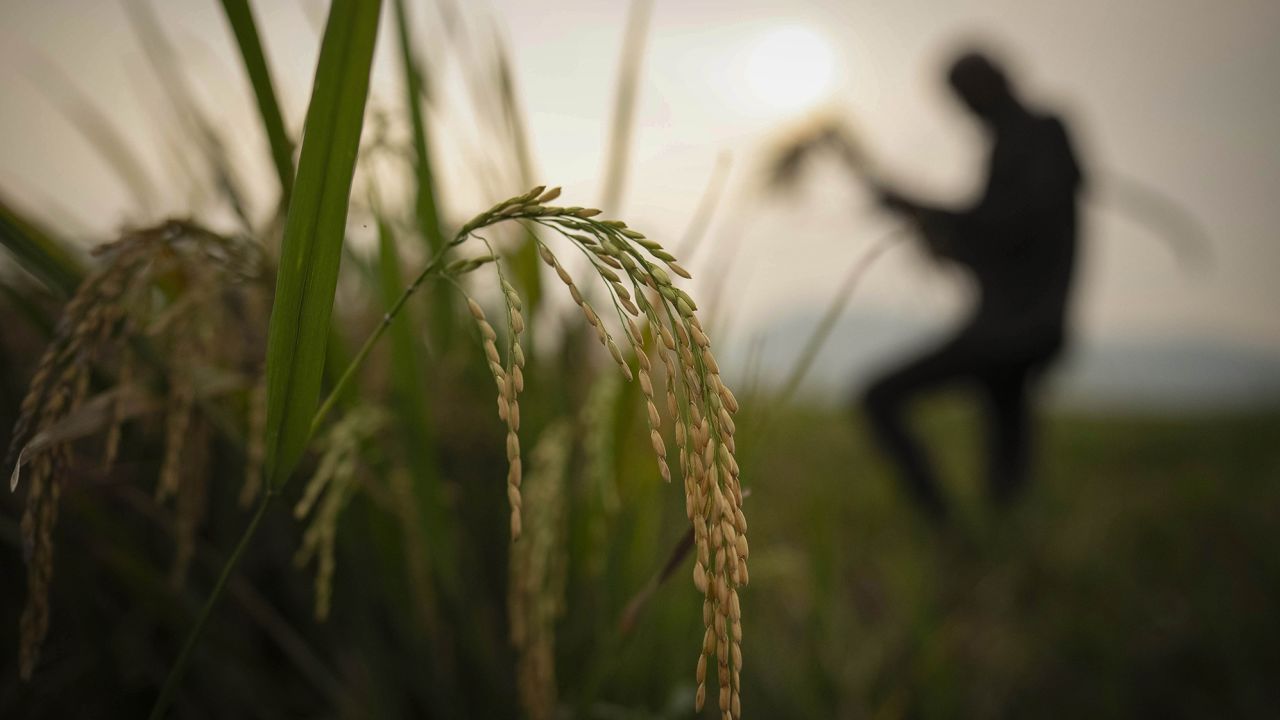
But US rice producers want consumers to know: We’ve got plenty of rice.
“There’s enough U.S. rice to go around,” USA Rice Federation, which advocates for members of the US rice industry globally, said in a statement on Monday. “This is not toilet paper in the Spring of 2020.”
Much of the rice consumed in the United States is produced domestically, and the US has had a pretty good yield this year, USA Rice noted.
But for importers and loyal consumers of Indian-grown non-basmati varieties, the ban has been disruptive, including in the United States. Internationally, the ban is causing an upheaval in the market and could especially impact places that rely on Indian rice exports.
Here’s what’s going on.
Global impact of India’s ban
On July 20, India’s government announced that it would stop exporting non-basmati white rice, effective immediately. The move was designed to help lower rice prices and secure availability in India, according to the government’s statement.
Exports of parboiled rice, which has been partially boiled; and basmati rice, are still allowed.
The ban, following other restrictions, “has sent the Asian market into a panic,” said Tanner Ehmke, lead economist for grains and oilseeds at CoBank. “Now there’s concern about food inflation, especially across Asia.” India is responsible for about 40% of the global rice trade, he noted. The banned items amount to about 15%.

The countries most reliant on India’s rice include the Philippines, Malaysia and Vietnam in Southeast Asia and Nigeria, Ivory Coast and Senegal in West Africa, Ehmke said.
“The ban is the latest blow to the global rice market,” according to a recent blog post published by the International Food Policy Research Institute. Reducing the amount of rice India exports “[poses] risks of higher global prices and heightened food insecurity,” according to the post.
Prices started rising last year because of the devastating floods in Pakistan, which tightened global supply, said Joseph Glauber, senior research fellow at the International Food Policy Research Institute and a co-author of the blog post. The ban and the El Niño weather pattern could potentially make things worse.
In South Asia and Southeast Asia, “we have seen El Niño years where it’s been quite severe in terms of effects on production, and other years where production is normal or even above trend,” Glauber said. “The question is … how big [of an] effect will El Niño have.”
If supply in India remains robust, the Indian government could lift or loosen the ban, he said. “Hopefully, it’s more of a precautionary move, and it won’t be long lived.”
But even then, there could be ramifications in the global market.
Unless supplies start to deplete, when the ban is lifted “the world will be flooded with Indian rice. And the market is going to respond accordingly,” said Ehmke. “There’s always going to be that emotional over-correction.”
The United States, on the other hand, is in a pretty good spot when it comes to rice.
US impact
Prior to this year, US rice farmers struggled with drought and some had opted to plant more lucrative crops like soybeans or corn, said Peter Bachmann, vice president of policy and government affairs at USA Rice Federation. But this year was different.
Prices for soybeans and corn dropped, he noted, making rice attractive once again. And “California had significant rainfall and snowfall over the winter to provide them with sufficient water for a full production year,” he said. “So we’re looking to have a really healthy, robust US rice crop.”
The United States primarily imports specialty and fragrant rice, he said, like arborio rice used to make risotto; jasmine rice; basmati rice and other varieties. US rice makes up the rest. “We supply about 70-80% of the domestic market,” he said.
That means that just a small portion of rice consumed in the United States is impacted by the ban. Charles Hart, commodities analyst at BMI, estimates that “under 2.5% of US rice imports are set to be affected.”
But in that specialty market, distributors and shoppers are in a tough spot. so long as exports are cut off.
“We are completely dependent on non-basmati rice,” said Kiran Kumar Pola, director of Deccan Foods, an importer and distributor of non-basmati Indian rice that operates out of Arizona. “Currently, we face a significant challenge with 15,000 metric tons of rice orders and contracts.” The situation impacts not only his business, but customers who buy these varieties of rice, he said.
On its website, Deccan says it carries a variety of non-basmati rice, including Sona Masoori; Kerala Matta; and rice used to make Idli, a rice-based food popular in South India.
For now, Pola is seeing what products Deccan can develop using parboiled rice, which is not affected by the ban. He hopes there will be exemptions for non-basmati varieties popular with expat communities.
After news of the ban broke, some grocery stores clocked shoppers stocking up on Indian rice.
In a July 27 Facebook post, Dallas-area Indian grocer India Bazaar encouraged shoppers not to panic or hoard rice.
“We at India Bazaar understand the concerns raised in light of the recent ban on Indian Non-Basmati Raw Rice,” the post reads.
“Rest assured, we are actively working on finding alternate solutions to normalize the situation and continue serving you.”




